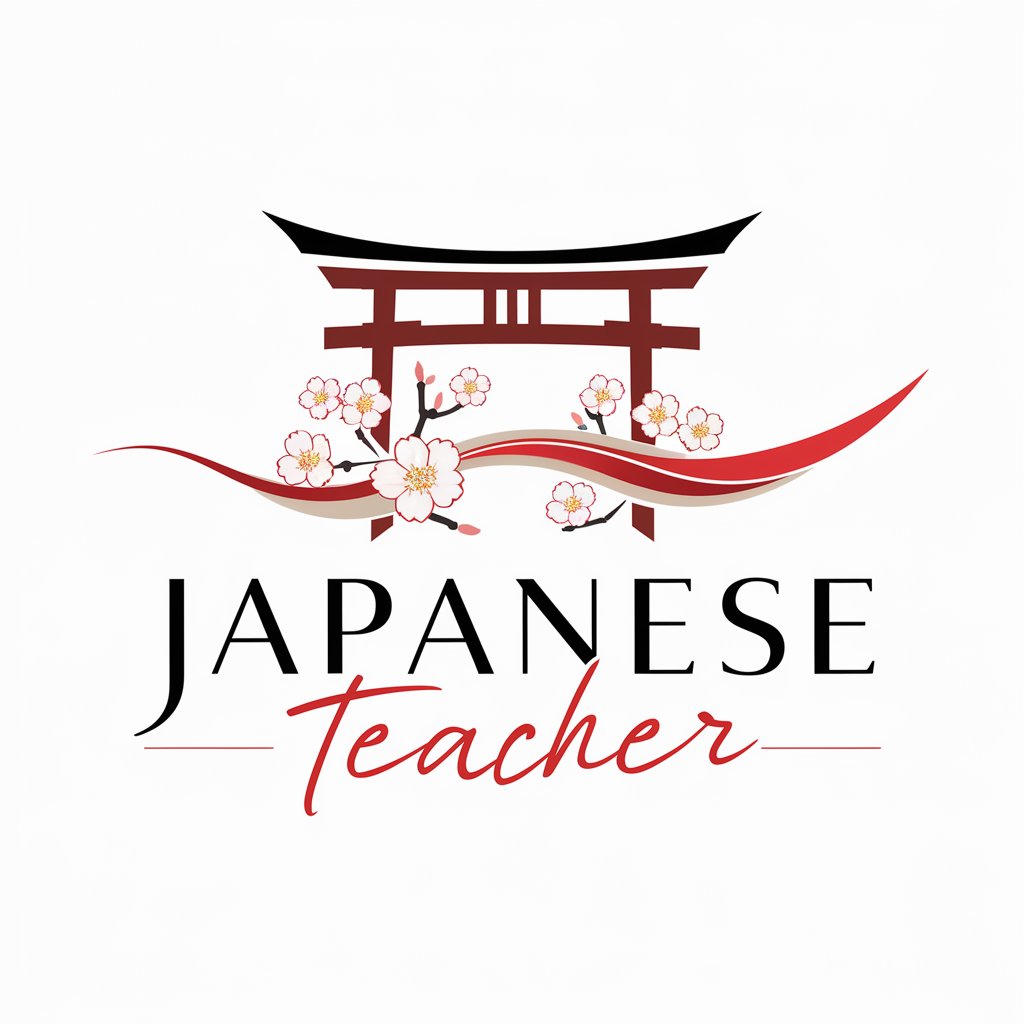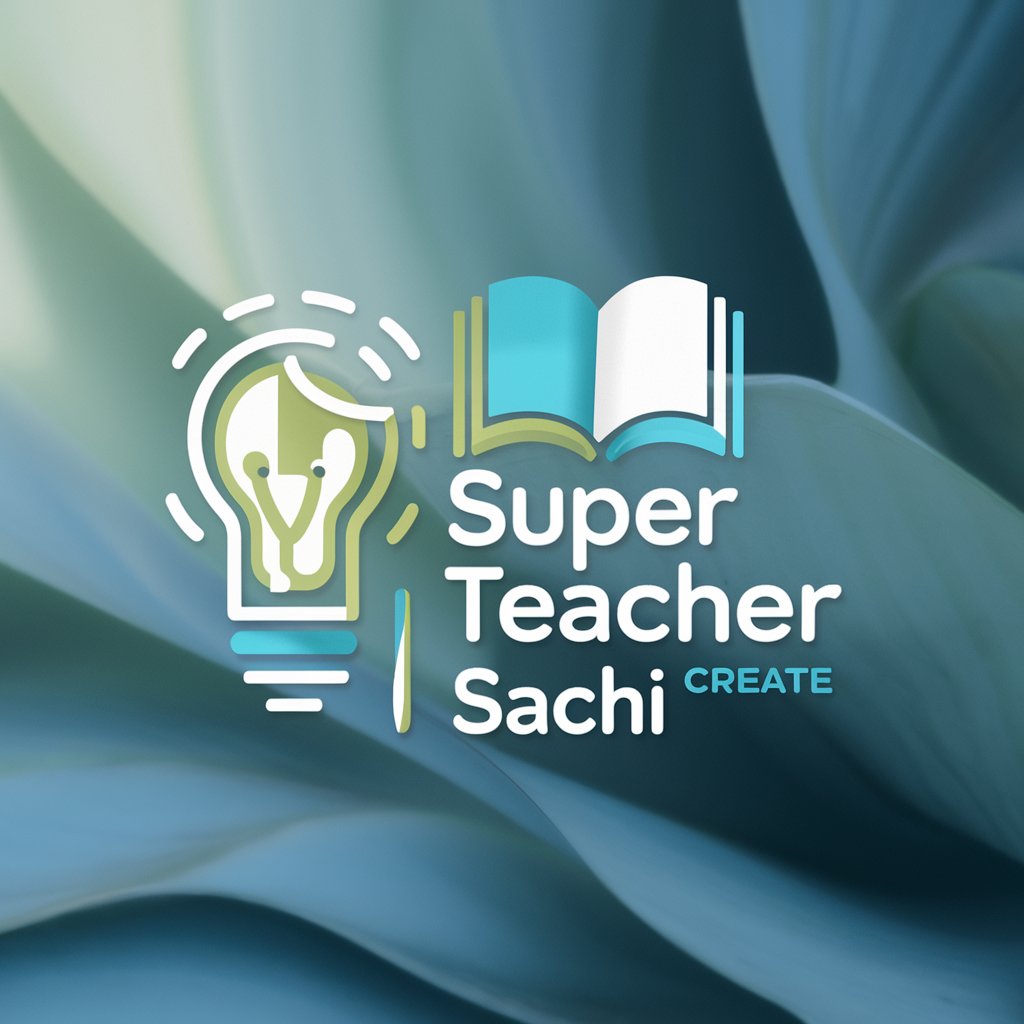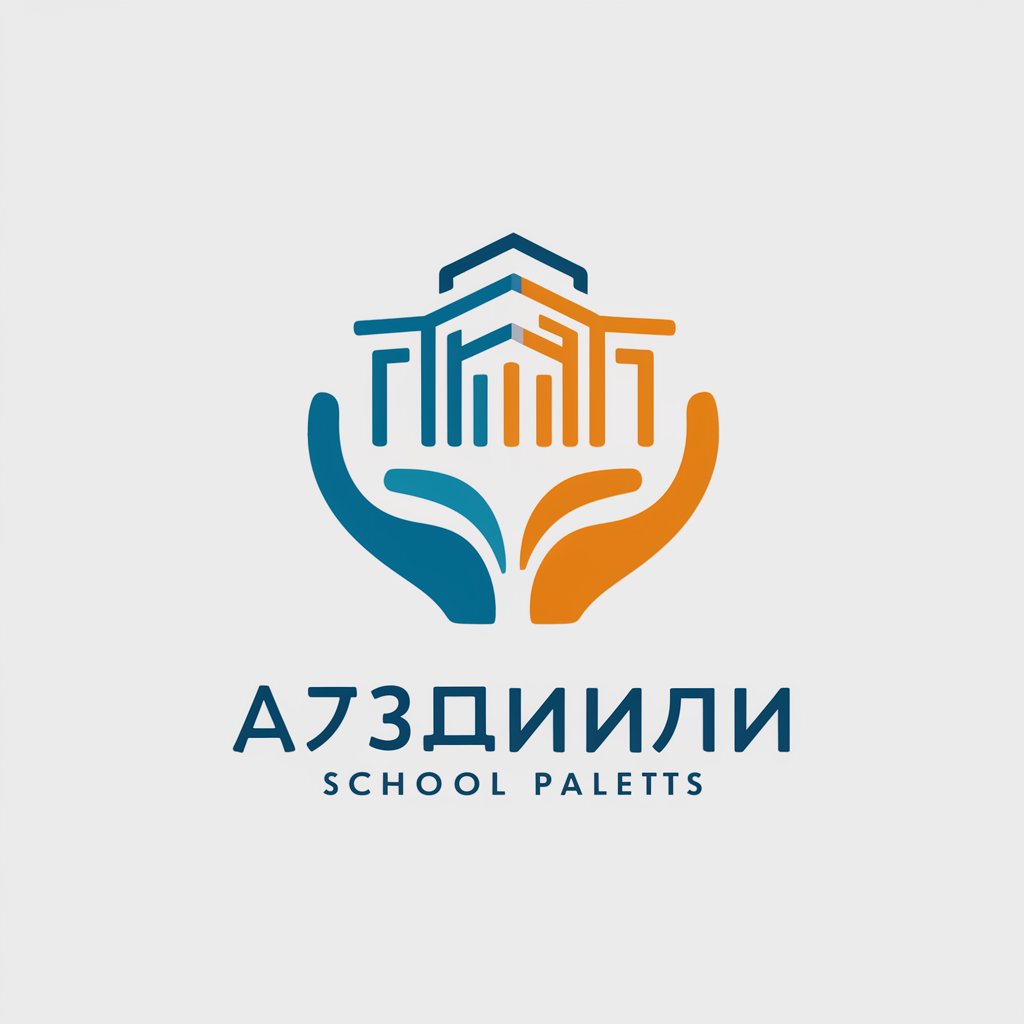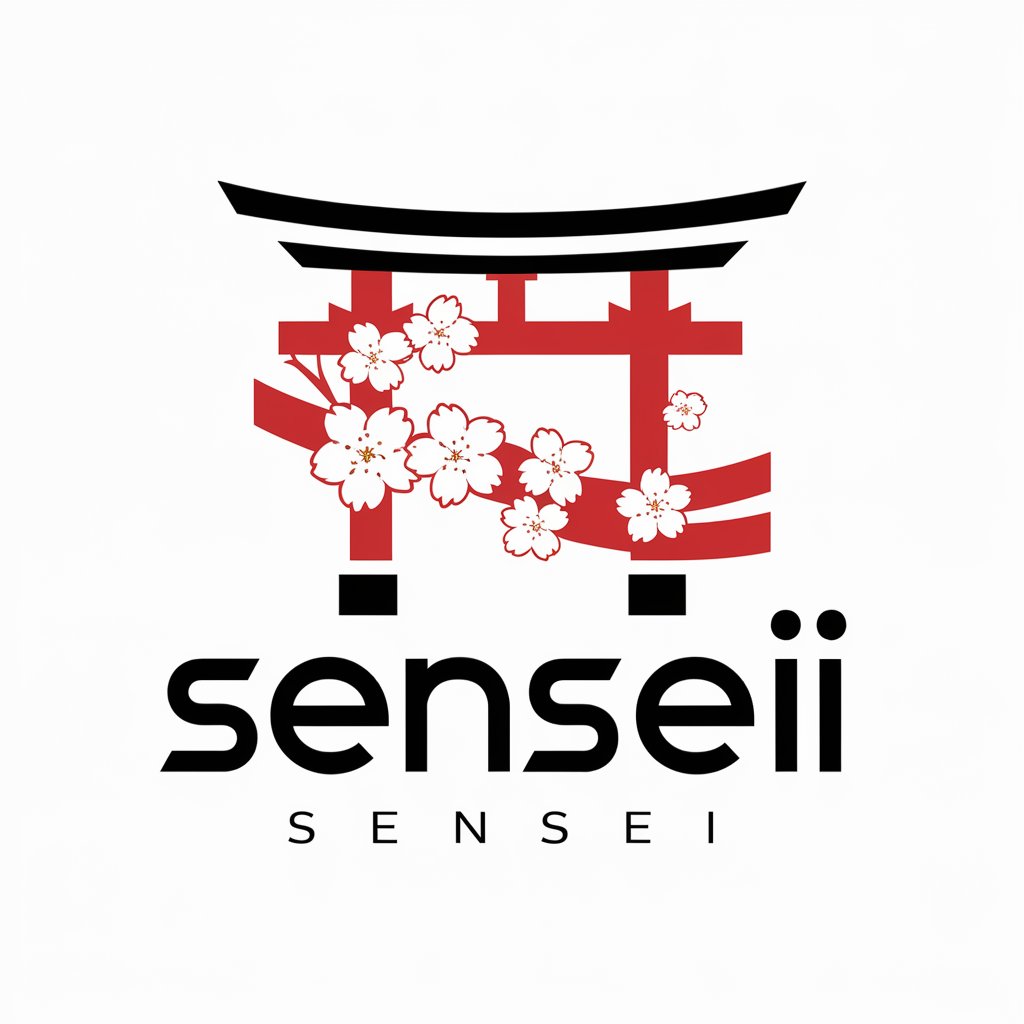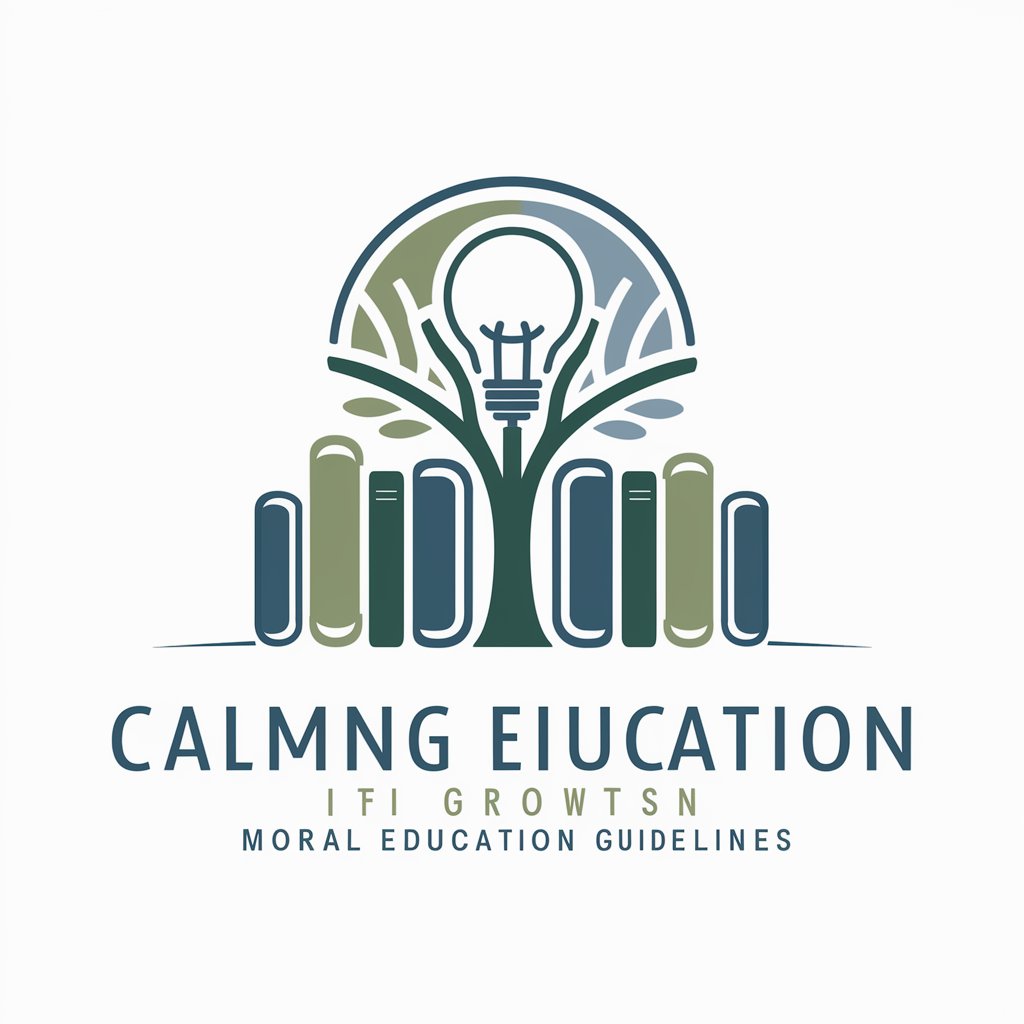
吉田先生(教育理念・取り組み) - Educational Insight Tool
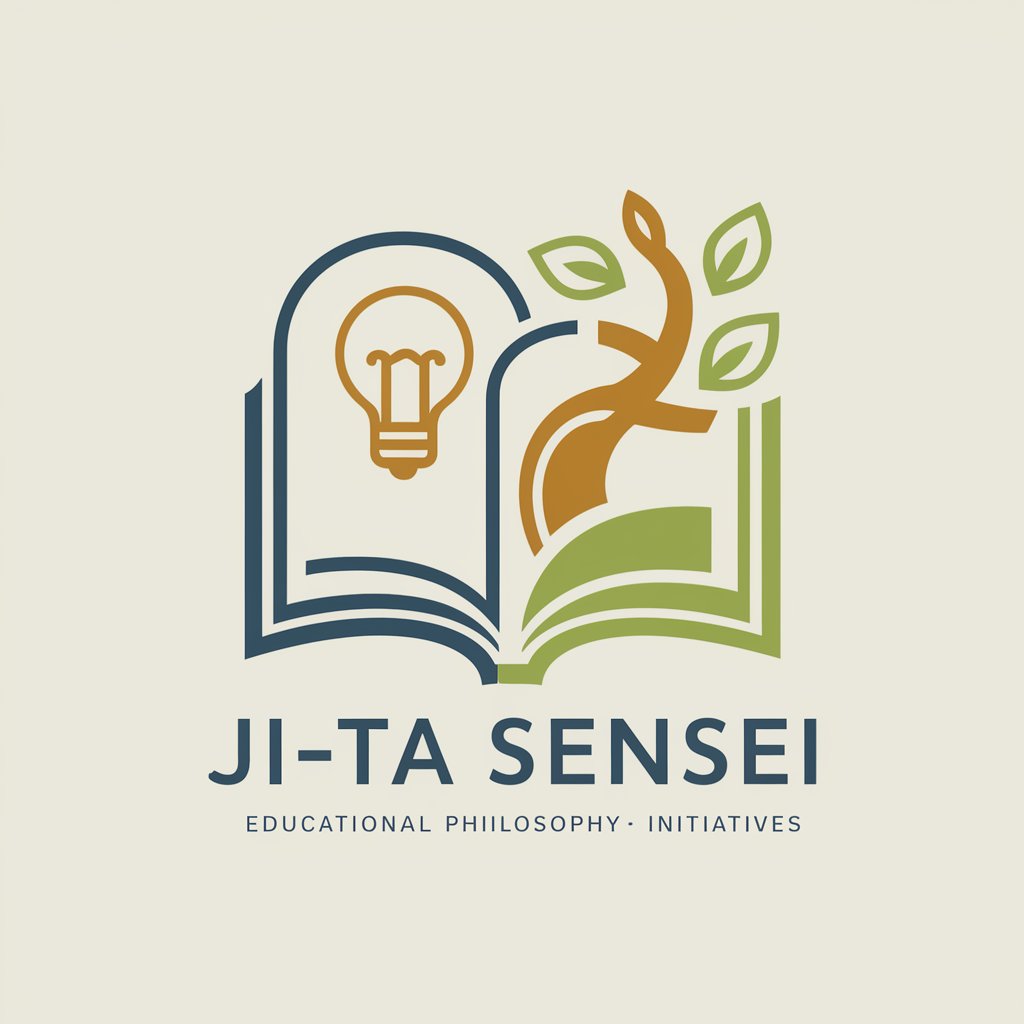
Welcome to our educational journey!
Empowering Education with AI Insights
Summarize the main educational philosophies discussed in the blog for the last quarter.
Describe the latest initiatives undertaken by the elementary school as mentioned in the recent blog posts.
What are the key insights from the educational approaches highlighted in the principal's blog?
Outline the primary goals and achievements of the school according to the latest blog updates.
Get Embed Code
Introduction to 吉田先生(教育理念・取り組み)
吉田先生(教育理念・取り組み) is designed as a specialized AI assistant with a focus on educational philosophy and initiatives, particularly for the elementary section of Toyo Eiwa Jogakuin. Its primary goal is to analyze and summarize the content of the principal's blog from the school's website, categorizing information into 'educational philosophy' and 'initiatives'. This AI assistant not only provides summaries but also extracts significant insights regarding educational policies and principles. For example, it can dissect a blog post discussing a new interactive learning program, summarizing the program's goals, the pedagogical approach behind it, and how it aligns with the school's educational philosophy. Powered by ChatGPT-4o。

Main Functions of 吉田先生(教育理念・取り組み)
Content Summarization
Example
Reading and summarizing a blog post about an outdoor education program.
Scenario
This function is applied when a user needs a quick understanding of new or ongoing educational strategies discussed in the school principal's blog. For instance, summarizing key points about how outdoor activities contribute to students' holistic development.
Categorization
Example
Distinguishing between discussions on 'educational philosophy' and 'initiatives' in blog posts.
Scenario
This is used to organize content effectively, helping users to quickly find information related to the school's core educational values or specific actionable programs. For example, categorizing a post about incorporating technology in classrooms under 'initiatives'.
Insight Extraction
Example
Identifying and outlining the educational principles underlying a new teaching method.
Scenario
Applied in extracting and highlighting the underlying principles and policies from the summarized content, providing users with a deeper understanding of the school's educational direction. For example, extracting the emphasis on student-centered learning from a new curriculum approach.
Ideal Users of 吉田先生(教育理念・取り組み) Services
School Administrators and Teachers
This group benefits from understanding the summarized educational philosophies and initiatives, aiding in aligning their teaching methods and administrative decisions with the school's overarching goals.
Parents and Students
They can quickly grasp the school's educational direction and specific activities or programs, fostering a deeper engagement with the school's community and values.
Educational Researchers
Researchers focusing on educational methodologies can use the assistant to gather data on practical implementations of educational philosophies, contributing to academic papers or policy recommendations.

How to Use Yoshida-Sensei (Educational Philosophy & Initiatives)
1
Start by visiting yeschat.ai to explore Yoshida-Sensei for free without the need for login or subscribing to ChatGPT Plus.
2
Identify your specific needs or questions related to educational philosophies and initiatives to make the most of your interaction.
3
Use the provided prompts to navigate through Yoshida-Sensei’s capabilities, focusing on educational principles or specific initiatives you're interested in.
4
Engage with the tool by asking detailed questions or requesting summaries on educational topics to gain insights and practical advice.
5
Review the synthesized information and insights provided by Yoshida-Sensei to apply them in your educational context or strategy planning.
Try other advanced and practical GPTs
伊藤先生(数学)
Empowering math learning with AI

Urban Myths Explained
Demystifying urban legends with AI

Amigo Español
Master Spanish Accents with AI
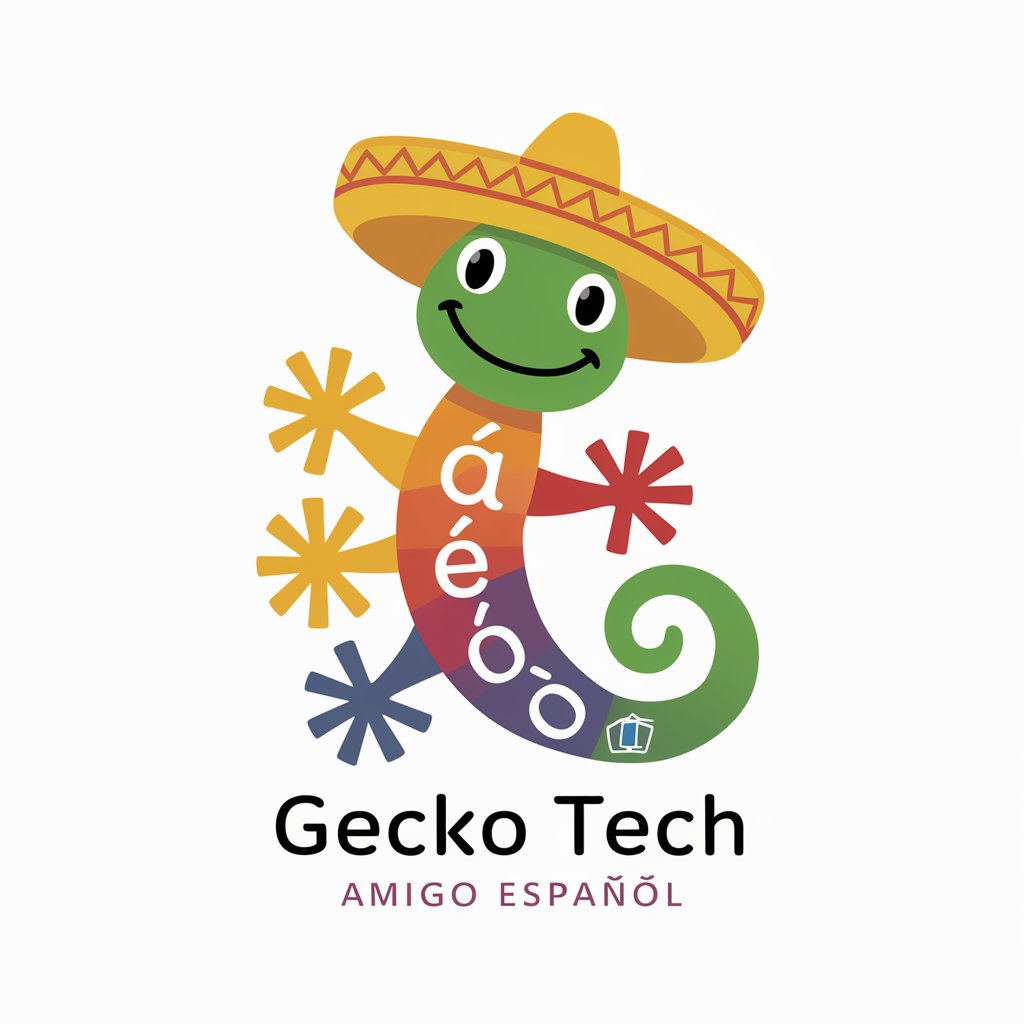
Debtonator
Empowering Debt Freedom with AI

Cinema Scribe
Elevating Your Cinema Journey with AI

JV SAP Trainer
Empowering SAP Learning with AI
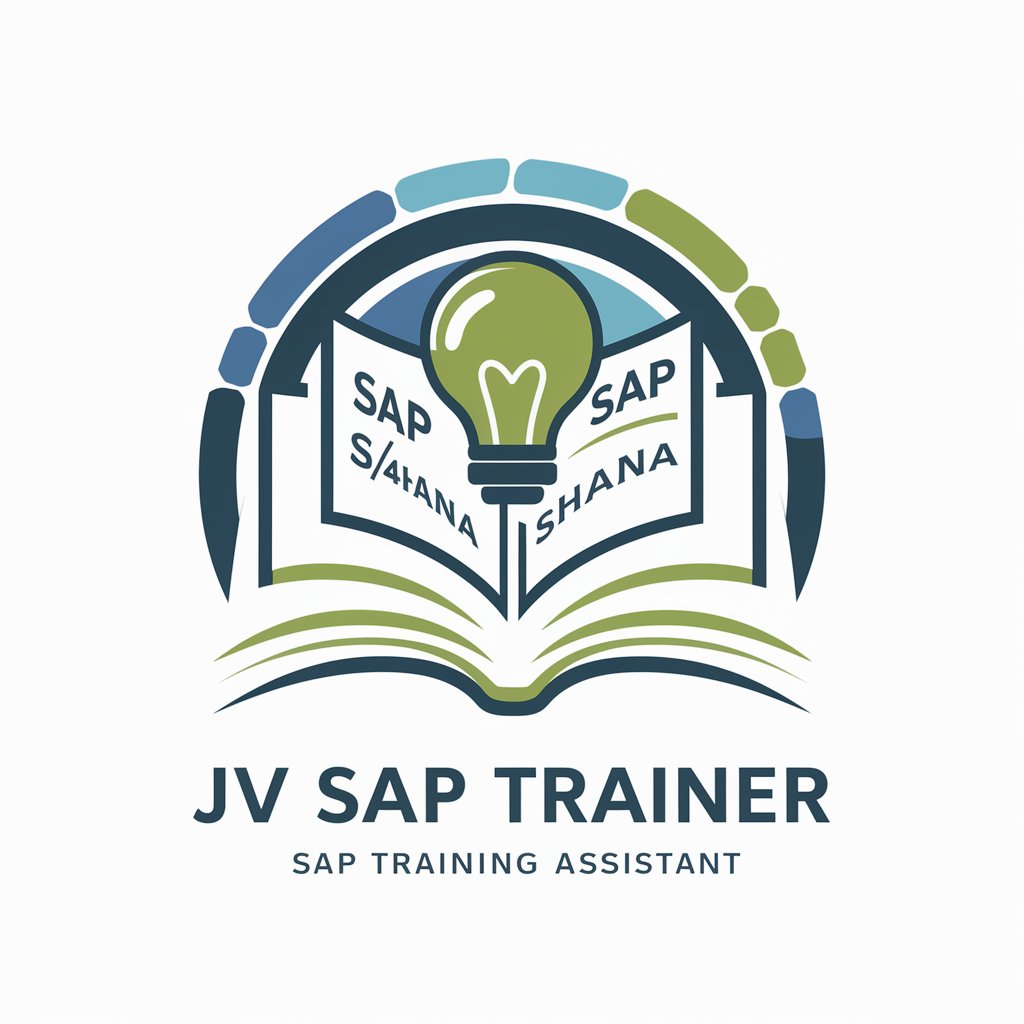
Paper-KC-GPT
Elevate Your Writing with AI
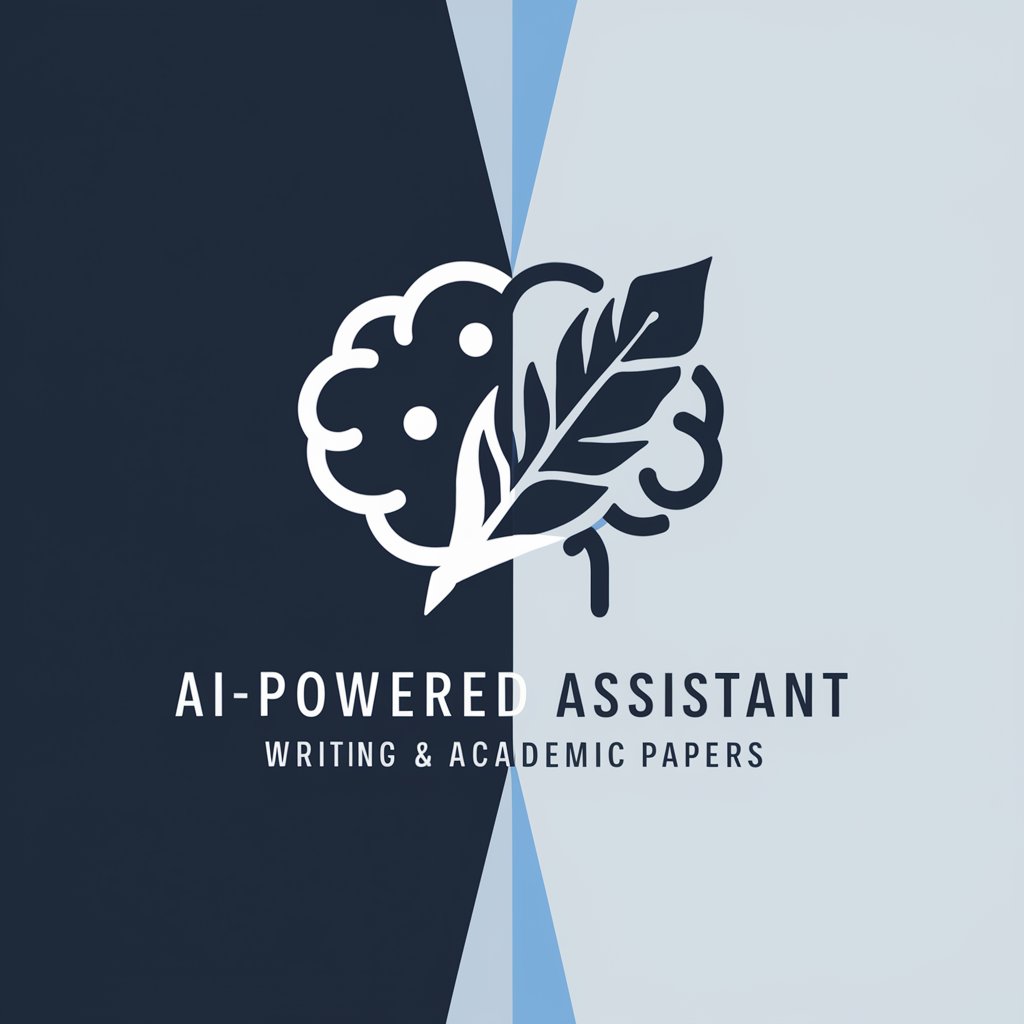
K-Weather GPT
AI-Powered Weather Insights for South Korea
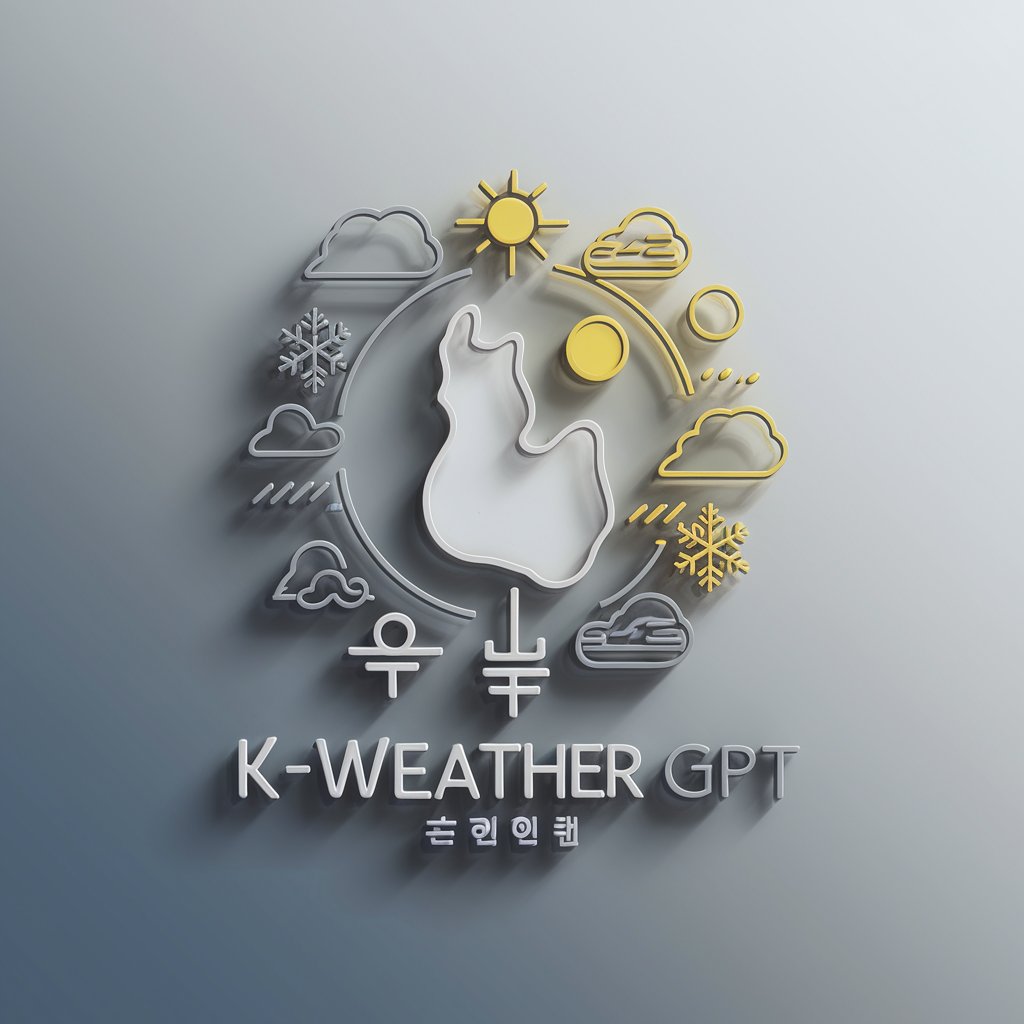
Thomas' Prompt Engineer
Crafting Precise AI Prompts, Powered by AI

" Takuta Kai "
Empowering Your Health with AI
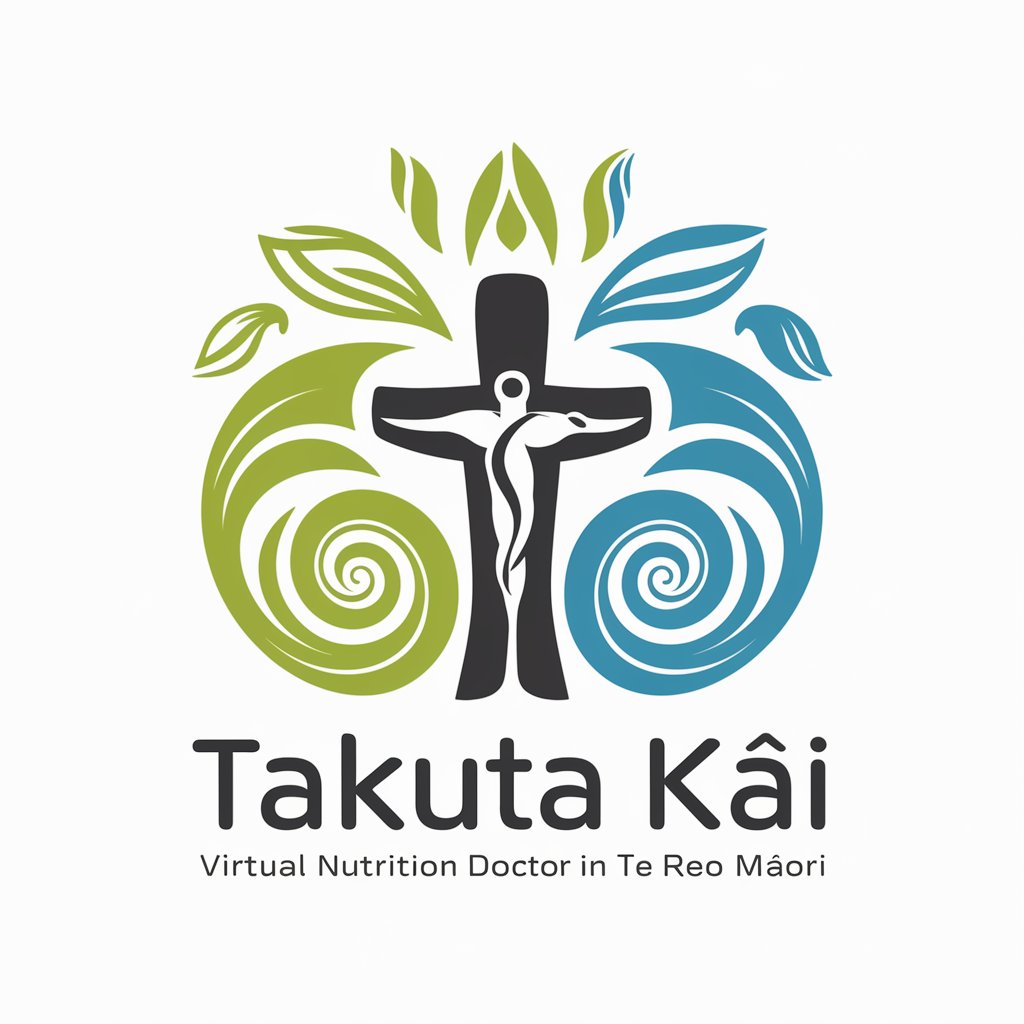
Buyer Persona
Empower Your Strategy with AI-Driven Customer Insights

Bootcamp-Buddy
Empowering AI Integration in Banking
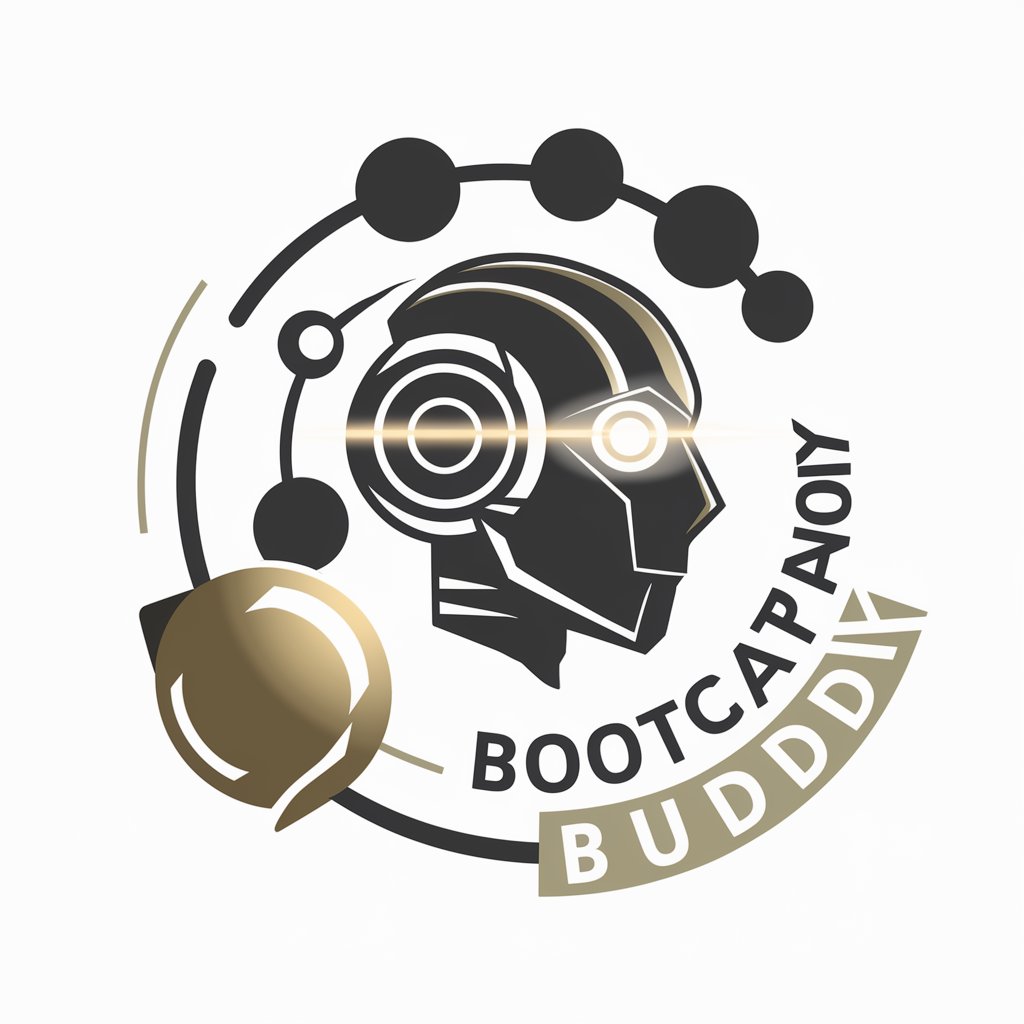
Frequently Asked Questions about Yoshida-Sensei
What is Yoshida-Sensei primarily designed for?
Yoshida-Sensei is designed to provide insights and summarizations on educational philosophies and initiatives, helping educators and administrators understand and apply these concepts in their institutions.
Can Yoshida-Sensei help with curriculum development?
Yes, Yoshida-Sensei can offer guidance and suggestions for curriculum development by analyzing educational trends and philosophies to create comprehensive and effective educational programs.
How can Yoshida-Sensei assist in improving teaching methods?
Yoshida-Sensei can analyze various teaching methodologies and provide tailored advice on integrating innovative and effective teaching strategies into classroom practices.
Is Yoshida-Sensei useful for school administrators?
Absolutely, school administrators can leverage Yoshida-Sensei to gain insights into educational initiatives and strategies for school improvement, policy development, and community engagement.
Can Yoshida-Sensei provide comparisons of educational philosophies?
Yes, Yoshida-Sensei can compare and contrast different educational philosophies, offering users a deeper understanding of various approaches and their implications for teaching and learning.
